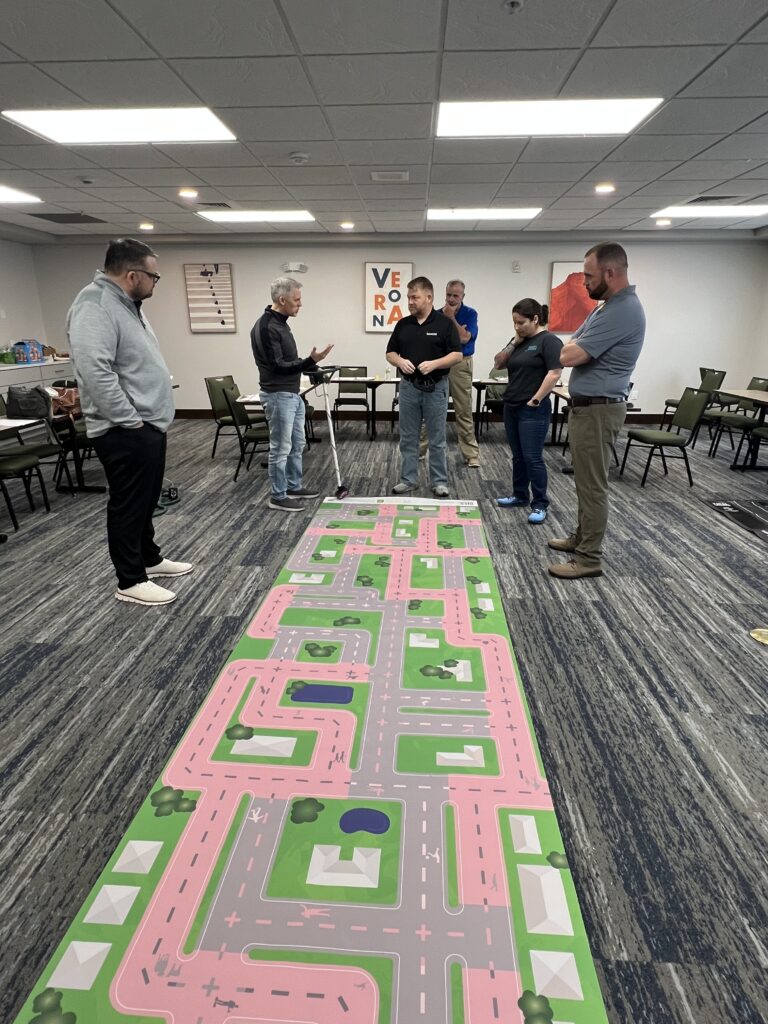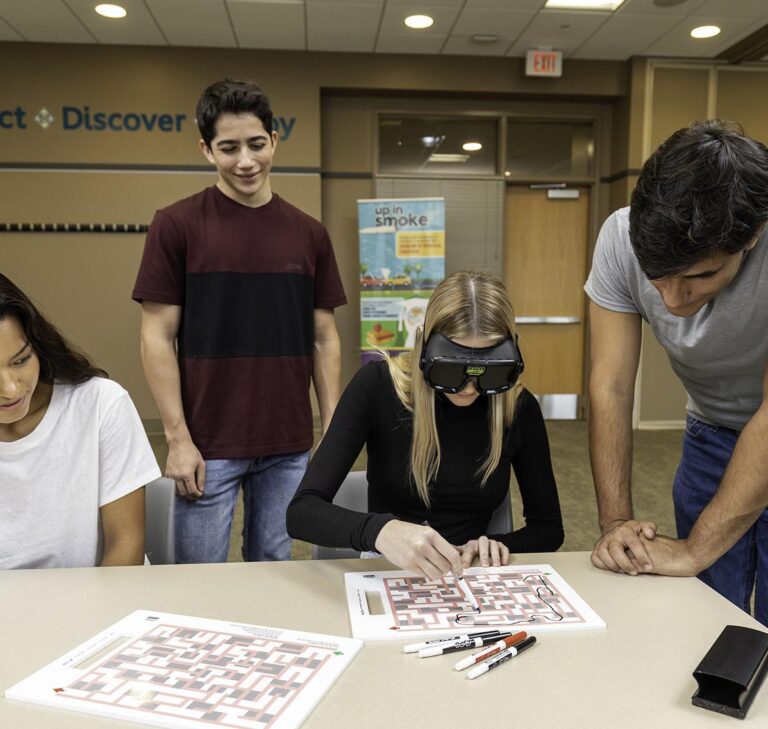
What Does Innocorp On-Site Training Entail?
Here’s an overview of what to expect and some benefits of investing in on-site Innocorp product training. Educators deserve great training to facilitate participant learning and instruction in their
Be First to Know About Fatal Speeding™ — Launching Early 2026! LEARN MORE

As educators, it is essential to stay up-to-date on emerging topics related to drug and alcohol abuse. One such topic that is garnering attention lately is crossfading.
But what is crossfading, and how can you incorporate it into your prevention programs in a way that resonates with students? In this blog post, we will explore the dangers of crossfading and provide tips for educating our communities about this risky behavior.
Crossfading is the practice of combining different substances, such as alcohol and THC, to achieve a more intense high. While some may believe that crossfading will enhance their experience, it can result in more severe consequences than using one substance alone. This is because the simultaneous use of two or more substances can impair the body’s ability to metabolize those substances, leading to unpredictable and dangerous effects. For example, combining alcohol and THC can lead to increased heart rate, paranoia, and amplified impairments that can lead to disastrous consequences behind the wheel
As educators, it is crucial to recognize that many students may not realize the potential dangers of crossfading, even at lower levels. Therefore, incorporating this emerging topic into your prevention program with research-based approaches is a critical way to help inform students and help them with strategies to avoid driving impaired.
One way to deliver this lesson is to use the Fatal Vision® Polydrug [Alcohol & THC] Goggles and related activities. These goggles simulate the effects of combining alcohol and THC and help students get a safe, first-hand look at the way simultaneous use can impair their coordination, decision-making, and driving skills.
The goggles can also be used along with activities to help illustrate how the impairments associated with polydrug use can impact students’ daily routines.
By using these products in educational settings, you can demonstrate the true risk of crossfading in a safe, controlled environment and encourage students to plan ahead and avoid this dangerous behavior.
In addition to using engaging, hands-on educational tools, it is important to educate our wider communities about the dangers of crossfading through traditional prevention methods. This can be done by providing information about the risks associated with using and combining substances through social media, posters and printed materials, community events, fairs, and other settings.
It is also essential to recognize that crossfading is not limited to just alcohol and THC. Individuals may also crossfade with other and more dangerous substances such as opioids and benzodiazepines. It is vital to inform the community about these risks and to take steps to avoid mixing substances.
Crossfading is an emerging topic that must be incorporated into our educational programs. It is a dangerous behavior that can have tragic consequences. As educators, we can use tools such as the Fatal Vision polydrug goggle and traditional prevention methods to answer the question “What is crossfading?” and educate our communities about the associated risks and how to avoid them. By doing so, we can help prevent individuals from experimenting with this dangerous behavior and guide them to make safer choices.
For more information about Fatal Vision’s Polydrug [Alcohol & THC] goggles and activities, keep browsing our website or reach out to our team with any questions.
Innocorp is the pioneering developer of Fatal Vision® Goggles and other experiential learning tools designed to educate on the dangers of impairment and promote risk prevention. Innocorp provides impactful, hands-on resources used globally by law enforcement, educators, and safety professionals to demonstrate the consequences of substance use, risky driving, and other dangerous behaviors.
We’d love to online chat! We are available Monday-Friday from 8am-5pm (CST):
Or schedule a time for a consultation:

Here’s an overview of what to expect and some benefits of investing in on-site Innocorp product training. Educators deserve great training to facilitate participant learning and instruction in their

At Fatal Vision® by Innocorp, we are proud to partner with iRT to promote Plan My Ride, an affordable and effective research-based eLearning program that teaches new drivers essential skills

Education about impairment and making safe choices includes addressing common misconceptions about THC impairment and helping students understand the risks. There is a lot of misinformation, myths, and misconceptions